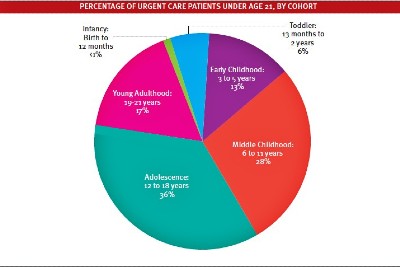Urgent Message: While the initial clinical presentation of a high-pressure paint gun injury may not elicit concern, it is truly high-risk and requires emergent recognition and surgical intervention. Key words: High-Pressure Injection Injury, Paint Gun Injury, Finger Trauma, Pyogenic Tenosynovitis, Occupational Injury, Subcutaneous Paint Infiltration, Finger Compartment Syndrome, Finger Emergency Abstract Introduction: High-pressure injection injuries of the hand are rare but represent true surgical emergencies. Despite often appearing deceptively mild on initial presentation, these injuries …
Read More









